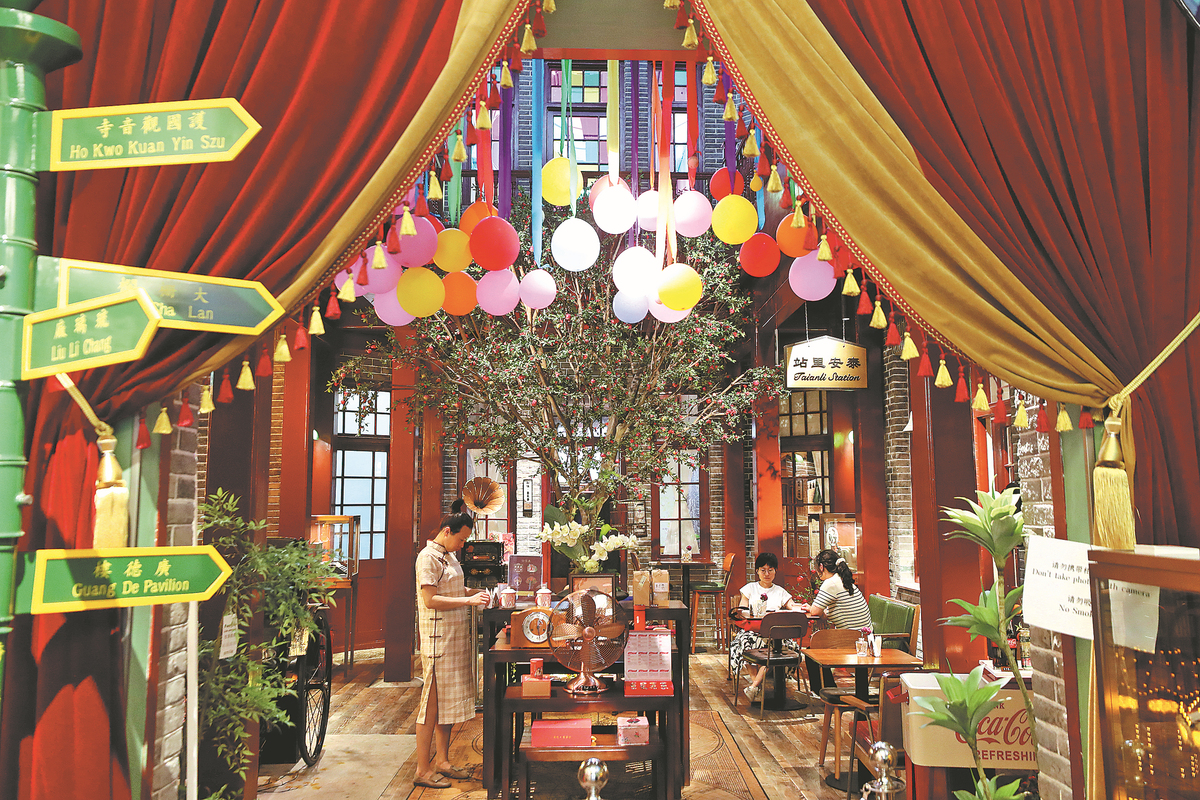New life infused into Beijing's past


Shanghai-styled compound now home to thriving businesses
For the past 50 years, Chen Shiguo, a 71-year-old Beijing native, has lived close to the distinctive Tai'an Li compound, which houses six two-story shikumen houses in the city's Xicheng district.
Shikumen, which translates as "stone warehouse gate", is an architectural style from Shanghai that mixes Chinese and Western elements. Shikumen houses were built in that city from the 1860s to 1930s, usually for families belonging to the middle-income group.
Built in 1914, Tai'an Li is the only preserved shikumen structure in the Chinese capital.
Located off Zhushikou West Street along the meandering hutong, or alleyways, leading to Zhushikou subway station, Tai'an Li was the first cultural heritage site in Xicheng to undergo adaptive reuse in April 2018, after 89 families living in the six buildings were relocated.
The local government has restored the buildings to their former glory. After five years of renovation work, the ancient compound, which was part of Xiangchang New District — a pilot area for revitalizing Beijing from 1914 to 1918 — reopened to the public. It is now a venue for cafes, live action role-playing games, restaurants serving traditional cuisine, and the city's first feminist-themed bookstore.
Chen was invited to revisit the compound after it reopened. "Returning there reminded me of the old days when I watched juggling and magic tricks being performed in front of the buildings," he said.
He added that it was easy to convert the ground floor units in the compound into small shops to bring landlords increased rental income.
"There used to be a variety store on one side of the street, a clothing store directly opposite, and also a hair salon. On the corner across from these businesses, there was a fruit vendor and a shop selling fresh noodles," Chen said.
"The alleyway was full of small businesses, but the area was quite a mess at that time because of the residents' illegal constructions. They built small kitchens, with each household setting up its own cooking space that was no wider than a small table."
As a result of the residents' lifestyles, the exquisite stone carvings of the shikumen buildings and the historical significance of the architecture were largely ignored for the past 100 years.
























